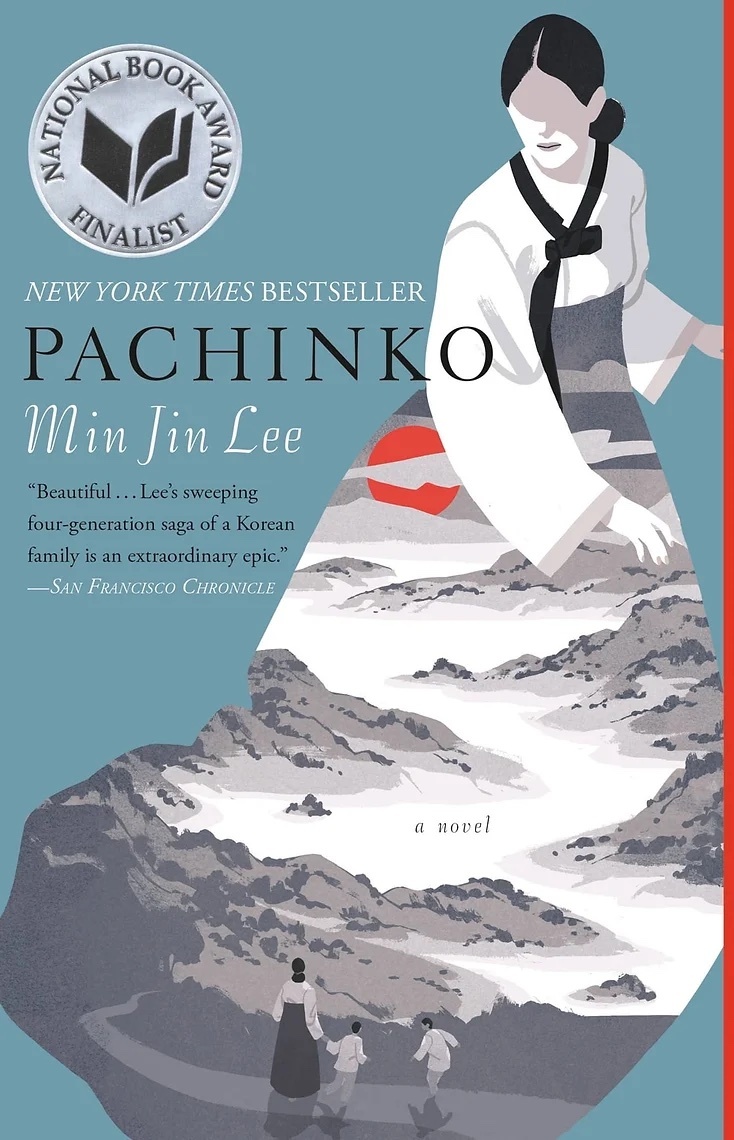Contemporary time period
The novel "Pachinko" by Min Jin Lee is a modern example that illustrates the intricate background of East Asian literature and publishing, especially in Korea and Japan. The story follows a Korean family living in Japan for multiple generations, starting in the early 1900s, when Korea was annexed by Japan in 1910. This historical context emphasizes the harsh limitations that Japanese colonists placed on Korean language publication and writing in an effort to alter Korean cultural identity to suit their imperialist goals. Through the challenges of Lee's characters, the censorship and military control faced by Korean writers and publishers during this era are poignantly conveyed. Some of the topics in "Pachinko" are also reflected in the development of book publishing in 20th-century China, which saw a rebirth of modern libraries and the New Culture Movement. Noa’s character is prominent when it comes to this topic as he was very inclined to reading books and going to school to learn. He shares some of his favorite authors such as Goethe, Tolstoy, and Dickens. They are all very notable as their books have been read for generations. The complex narrative of the book is enhanced by the larger historical background of Asian publishing, which was severely disrupted by wars, political upheavals, and foreign invasions. China's publishing sector took a different turn after the imperial examinations were abolished in 1905 and academicians like Zhang Yuanji encouraged the use of Western-style textbooks. Alongside the emergence of modern libraries, this era also saw a boom in books and journals, despite the unstable political climate that frequently compelled authors to adopt pseudonyms and relocate.
The novel also illustrates how publication has been impacted by technological improvements. Globally, including in Korea and Japan, the book publishing industry has undergone a transformation due to the proliferation of digital multimedia, which includes text, images, animations, and sounds. In the 1990s, South Korea in particular became a global leader in electronic publishing and database development, demonstrating its adaptability and tenacity in the face of historical adversities. The dissemination of stories like "Pachinko" has changed as a result of the digital revolution, becoming available to a worldwide audience and safeguarding the rich cultural narratives of East Asia for future generations. Print culture is very different in the present world compared to centuries ago. We now have the ability to read or write anywhere we want and the new developments we have achieved have changed the world.
